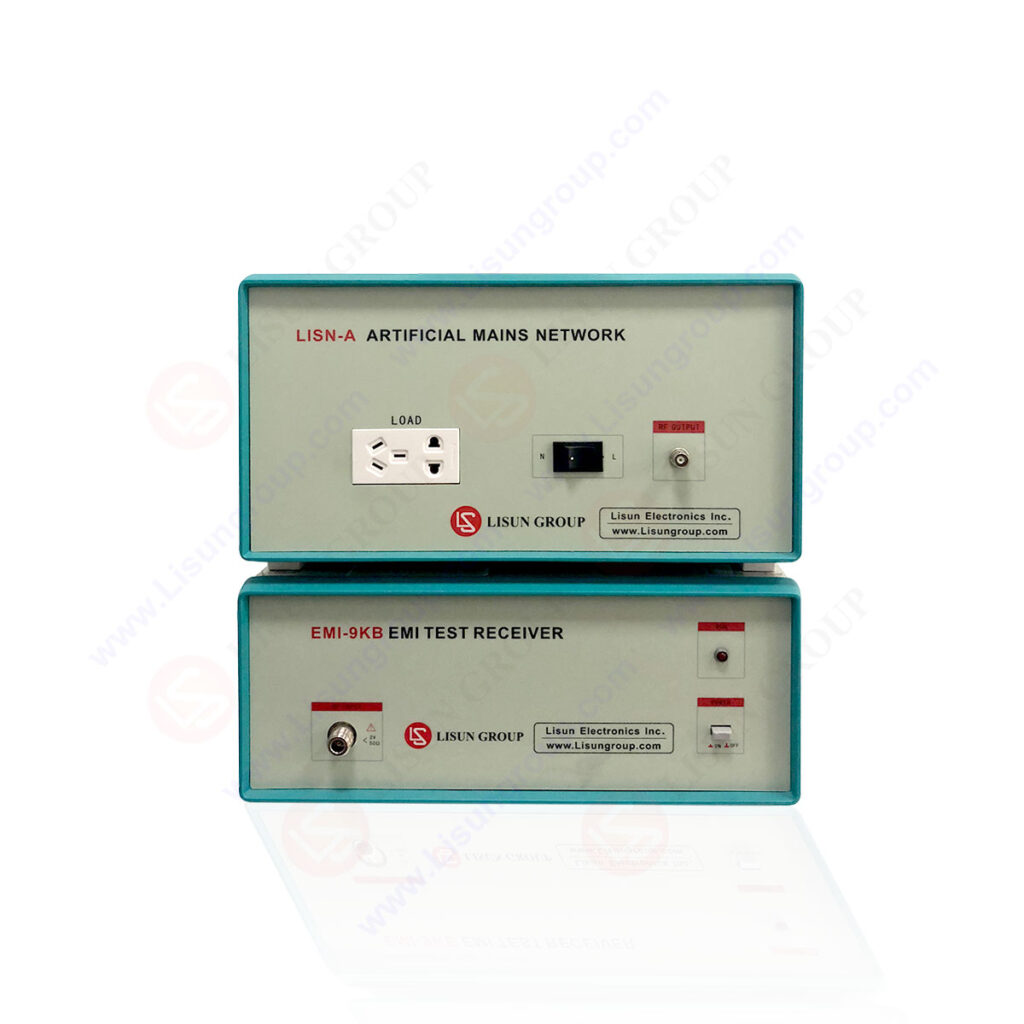Analyzing EMI/EMC Performance of LED Lighting Systems
Introduction
LED lighting systems are becoming increasingly popular due to their energy efficiency and long life. However, these systems must be tested for electromagnetic interference (EMI) and electromagnetic compatibility (EMC) performance in order to ensure that they are safe and reliable. This article will discuss the importance of emi/emc testing for LED lighting systems, the different types of tests that can be performed, and the benefits of performing these tests.
Types of EMI/EMC Tests
There are several different types of EMI/EMC tests that can be performed on LED lighting systems. These tests include conducted emissions testing, radiated emissions testing, conducted immunity testing, and radiated immunity testing. Conducted emissions testing measures the amount of electromagnetic energy that is emitted from the system, while radiated emissions testing measures the amount of electromagnetic energy that is emitted from the system in all directions. Conducted immunity testing measures the system’s ability to withstand external electromagnetic interference, while radiated immunity testing measures the system’s ability to withstand external electromagnetic interference in all directions.
Benefits of EMI/emc testing
Performing EMI/EMC testing on LED lighting systems is important for several reasons. First, it ensures that the system is safe and reliable. EMI/EMC testing can identify any potential issues that could cause the system to malfunction or cause interference with other electronic devices. Additionally, EMI/EMC testing can help to ensure that the system meets all applicable regulatory requirements. Finally, EMI/EMC testing can help to improve the system’s performance by identifying any potential issues that could be causing the system to operate inefficiently.
Testing LED Drivers and Mobile or Automotive Electronics
In addition to LED lighting systems, EMI/EMC testing can also be performed on LED drivers, mobile devices, and automotive electronics. For LED drivers, EMI/EMC testing can help to ensure that the driver is safe and reliable, and that it meets all applicable regulatory requirements. For mobile devices, EMI/EMC testing can help to ensure that the device is safe and reliable, and that it meets all applicable regulatory requirements. For automotive electronics, EMI/EMC testing can help to ensure that the system is safe and reliable, and that it meets all applicable regulatory requirements.
Conclusion
EMI/EMC testing is an important part of ensuring that LED lighting systems, LED drivers, mobile devices, and automotive electronics are safe and reliable. EMI/EMC testing can identify any potential issues that could cause the system to malfunction or cause interference with other electronic devices. Additionally, EMI/EMC testing can help to ensure that the system meets all applicable regulatory requirements. Finally, EMI/EMC testing can help to improve the system’s performance by identifying any potential issues that could be causing the system to operate inefficiently.
FAQs
Q: what is emi/EMC testing?
A: EMI/EMC testing is a type of testing that is used to measure the electromagnetic interference (EMI) and electromagnetic compatibility (EMC) performance of electronic devices. This type of testing is used to ensure that the device is safe and reliable, and that it meets all applicable regulatory requirements.
Q: What types of devices can be tested for EMI/EMC performance?
A: EMI/EMC testing can be performed on LED lighting systems, LED drivers, mobile devices, and automotive electronics.
Q: What are the benefits of EMI/EMC testing?
A: The benefits of EMI/EMC testing include ensuring that the device is safe and reliable, ensuring that the device meets all applicable regulatory requirements, and improving the system’s performance by identifying any potential issues that could be causing the system to operate inefficiently.







